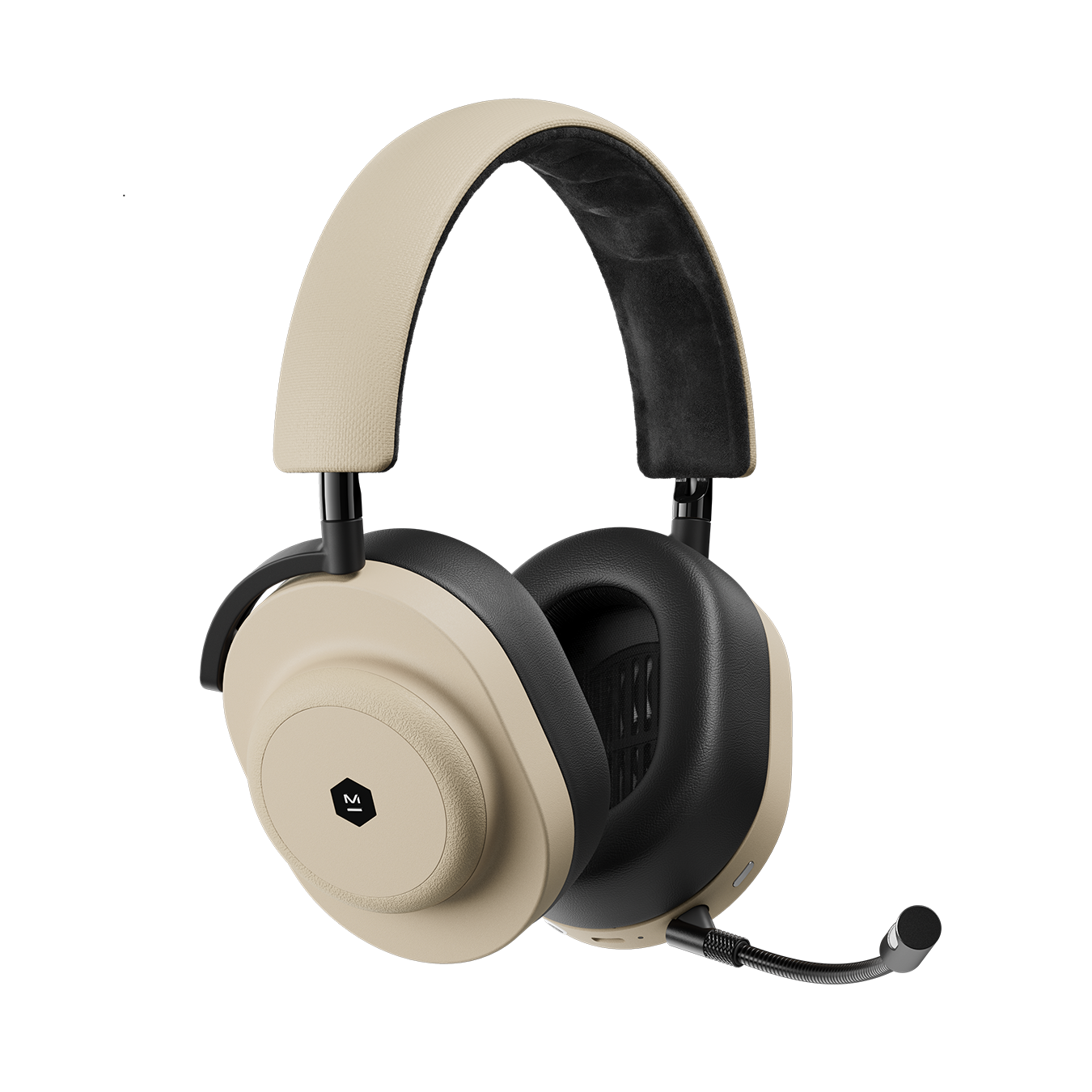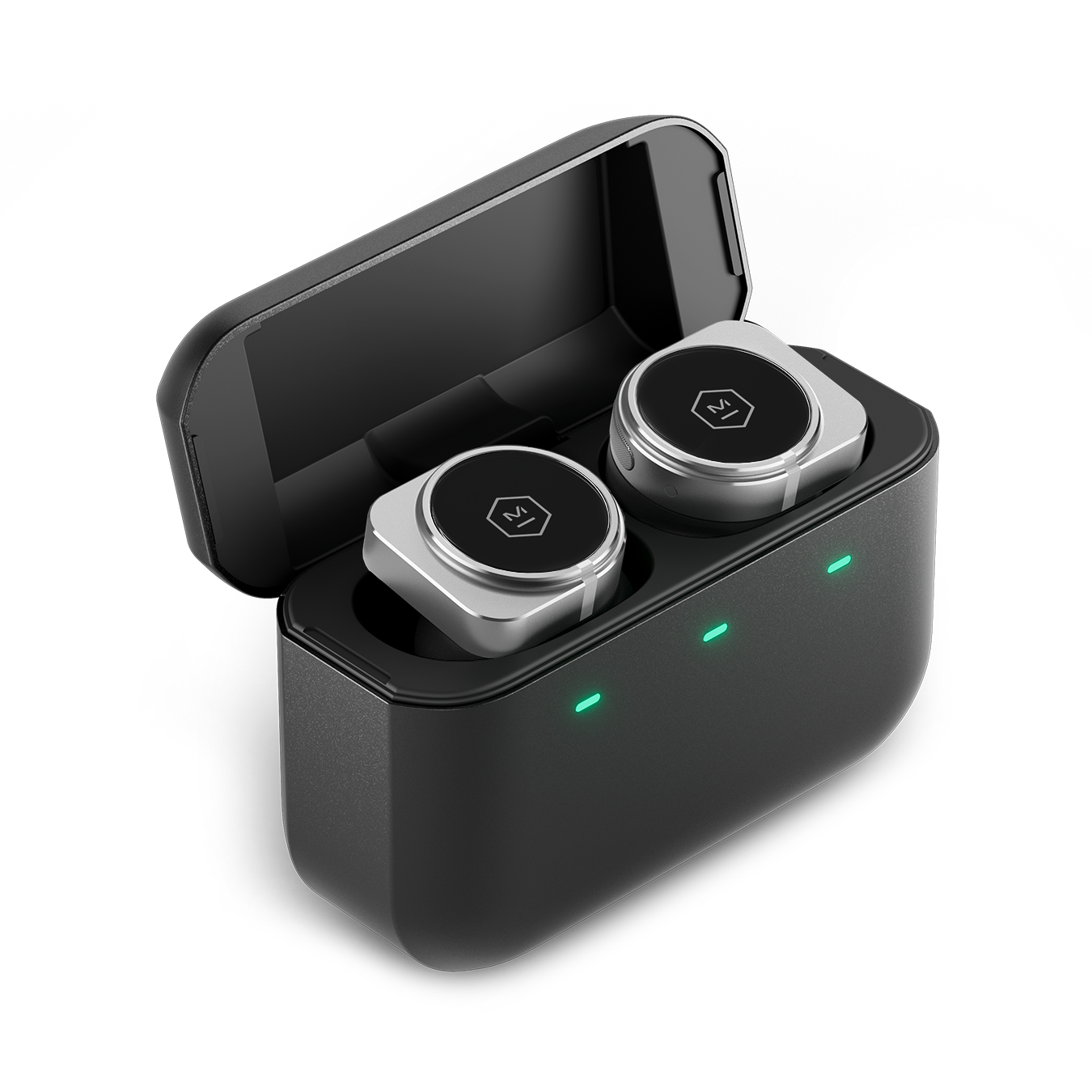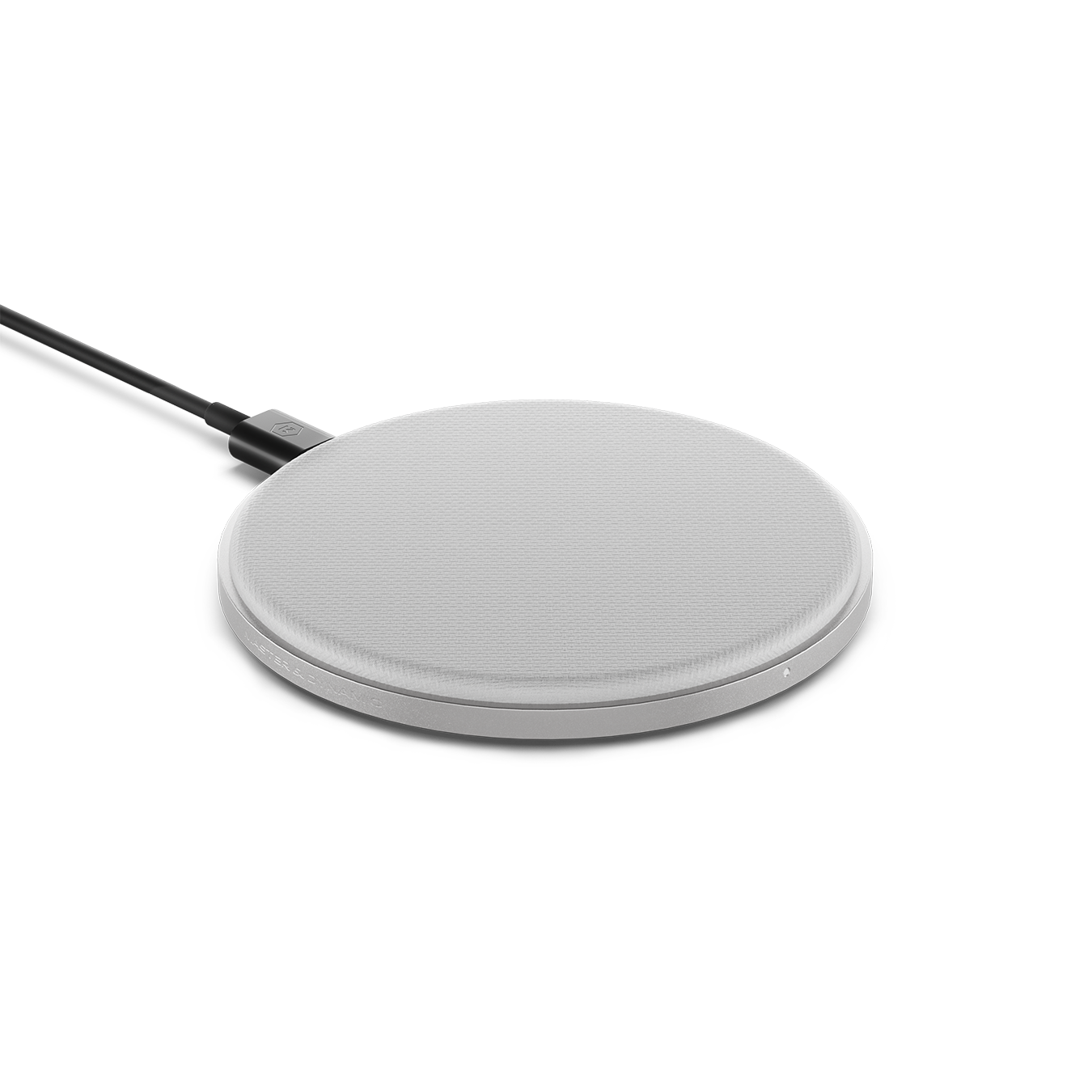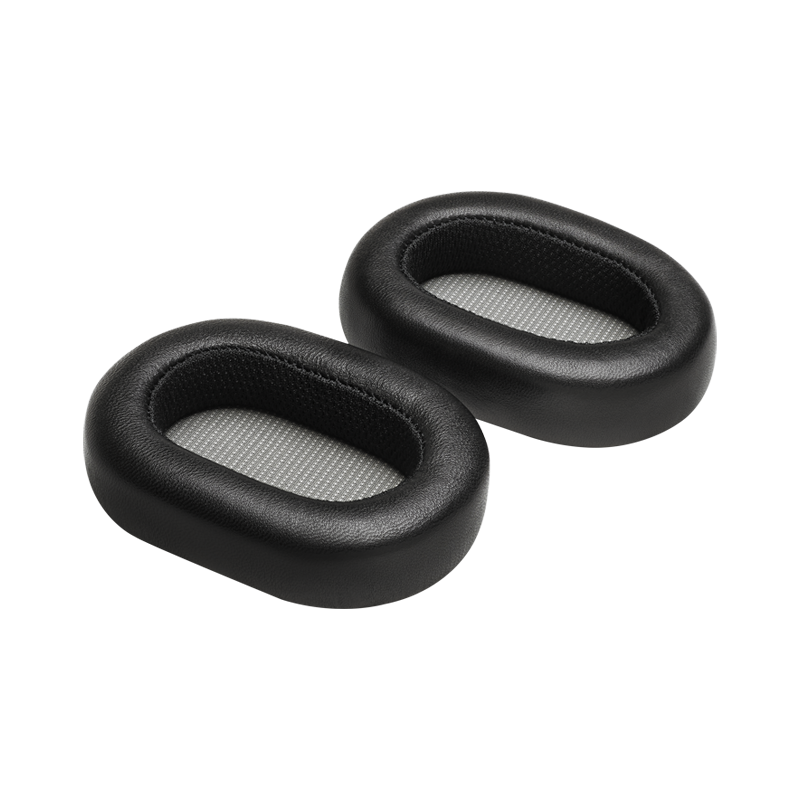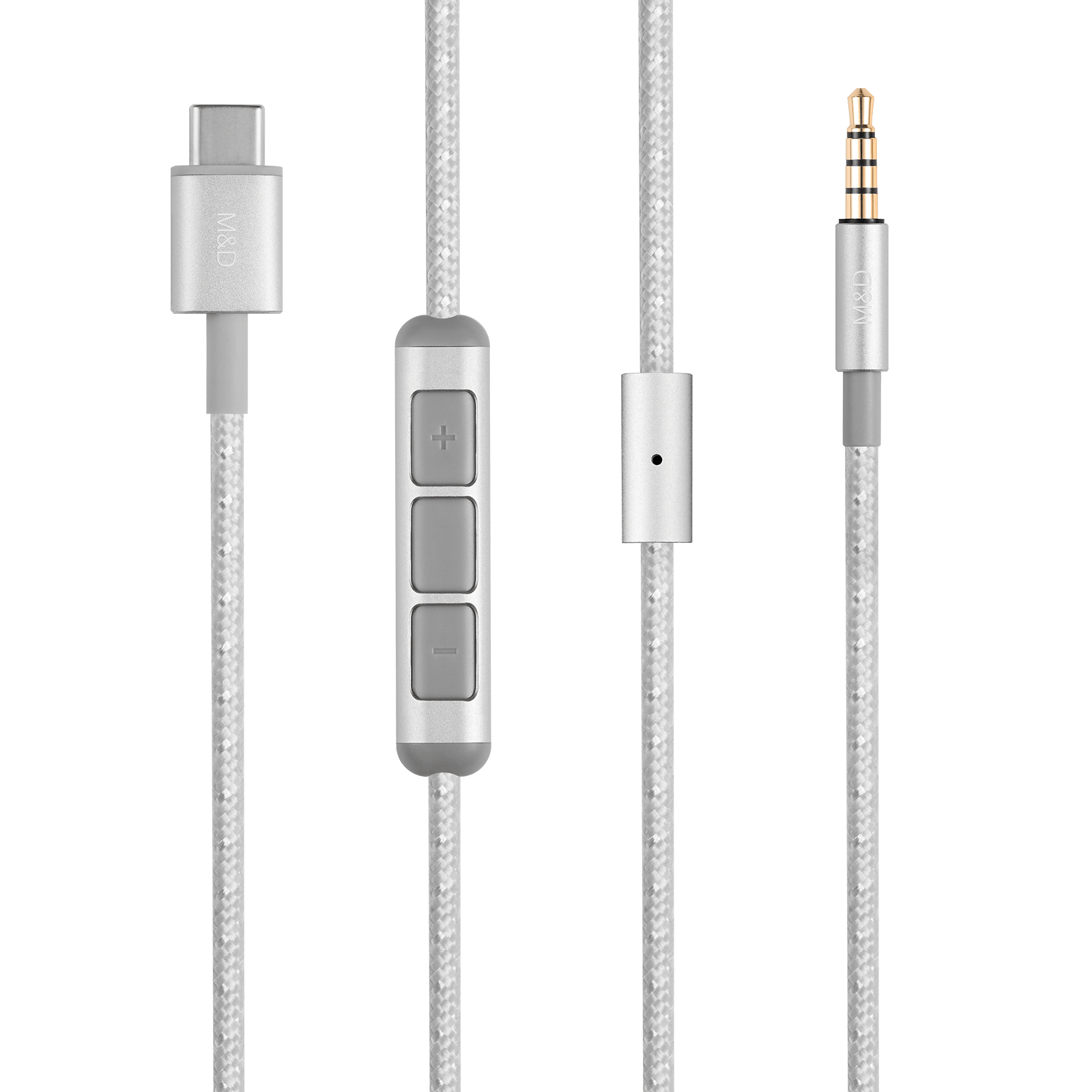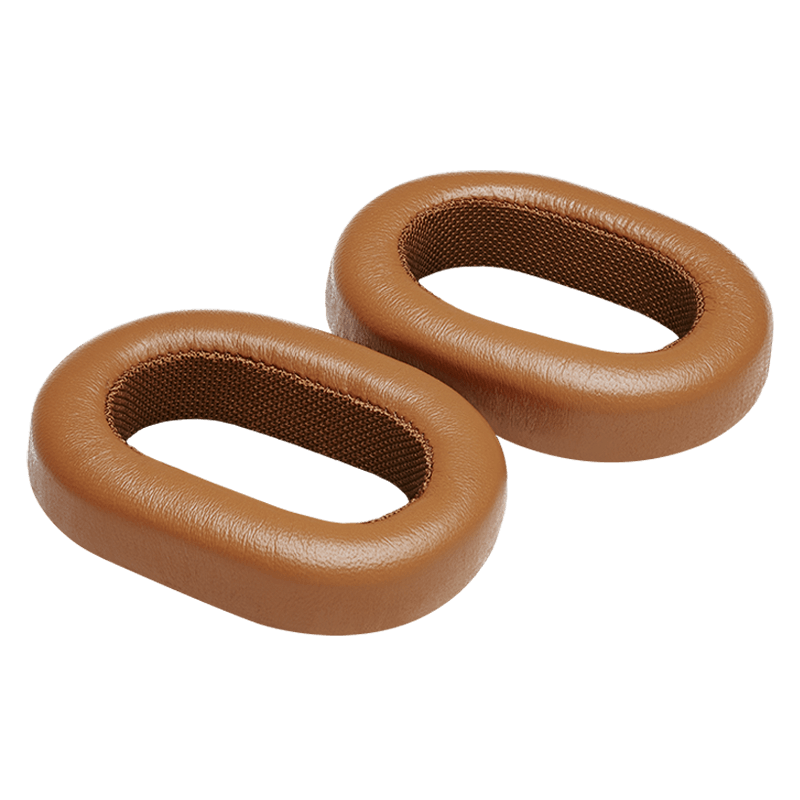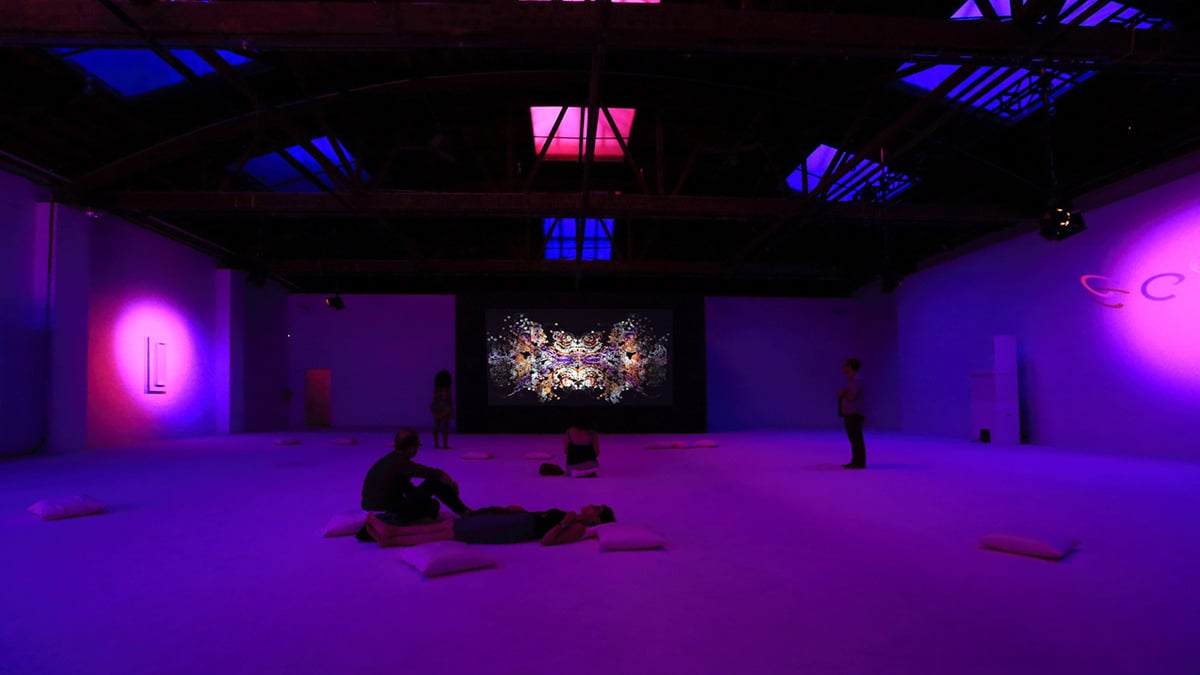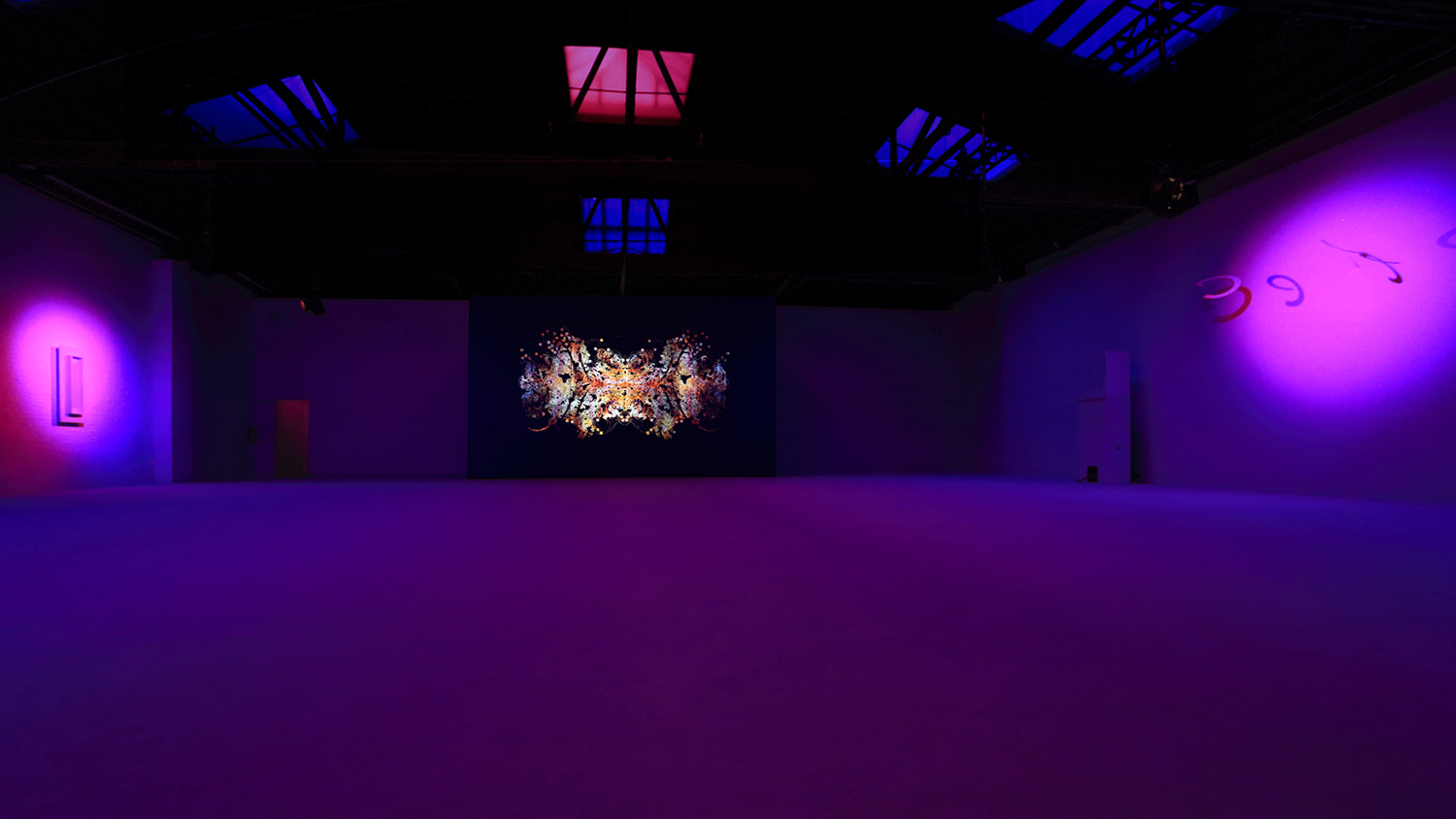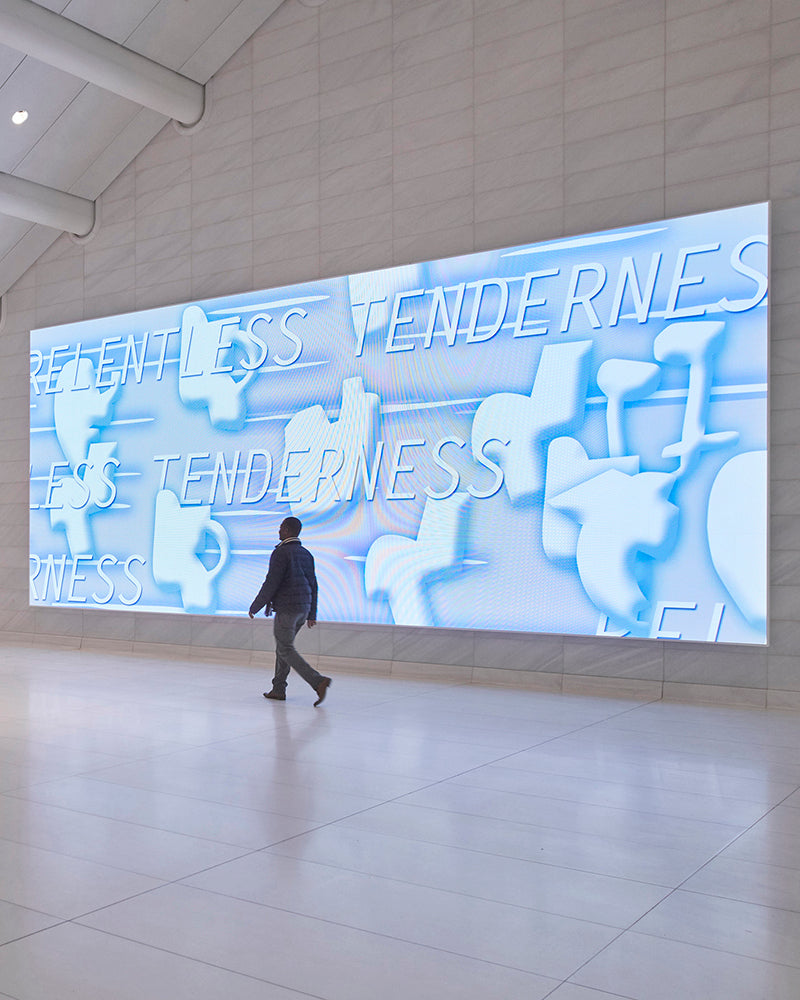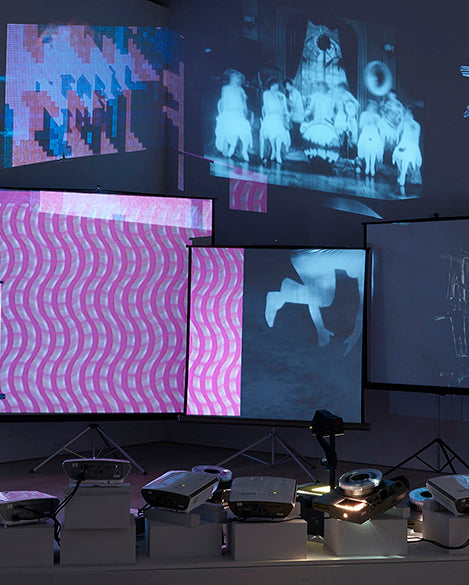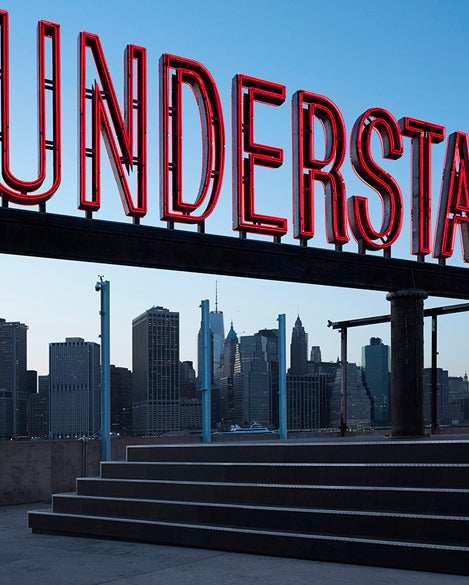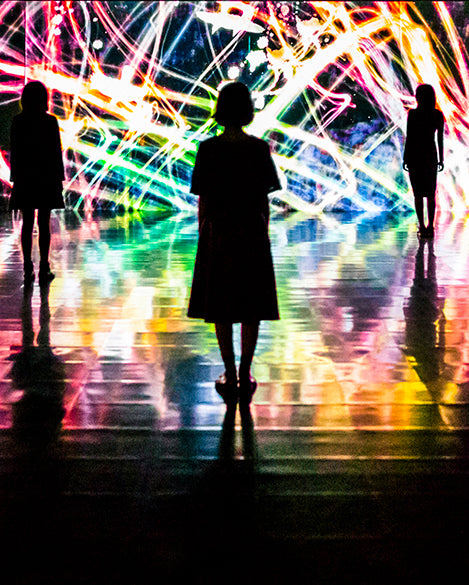In honor of the current exhibition, which marks the 40th anniversary of the Dream Festival organized by Dia, as well as Young and Zazeela's respective birthdays, the 10,000 spoke with Dia Art Foundation's Assistant Curator Megan Witko about the Dia's continuing relationship with Dream House, Choi's contribution to the installation and what separates Dream House from other immersive installations.
From commissioning an iteration of Dream House at 6 Harrison Street from 1979 through 1985 to recently acquiring Dia 15 VI 13 545 West 22 Street Dream House for their prominent permanent collection, the Dia Art Foundation has continually expressed their unwavering support of Young and Zazeela's transformative art. Considering the extensive history between Dream House and Dia, Witko explains, "The work of La Monte Young and Marian Zazeela was a very important component of the early days of Dia, and they were some of the first artists that Heiner Friedrich (one of Dia's founders) collaborated with. When Dia's newly-appointed Director, Jessica Morgan, arrived in New York in January, she very much wanted to honor that long-standing commitment to their work and find a new way to present Dream House to the public."
Asking Witko about what sets Dream House apart from other immersive installations, she responds, "A key component of the Dream House installation that sets it apart is duration. From the beginning, La Monte, Marian and now their disciple Jung Hee Choi have wanted to allow visitors the opportunity to visit the Dream House many times to experience different qualities of light and evolutions of their tuning."
With more time spent in the installation, the viewer begins to physically experience the frequencies in Choi and Young's sounds, which change with the viewer's every movement. Through dynamic manipulations of sound and light, Dia 15 VI 13 545 West 22 Street Dream House seems to transcend a stable sense of time and space.


